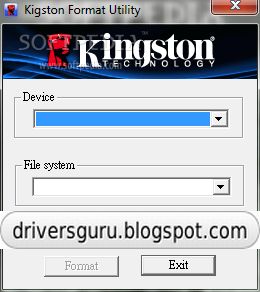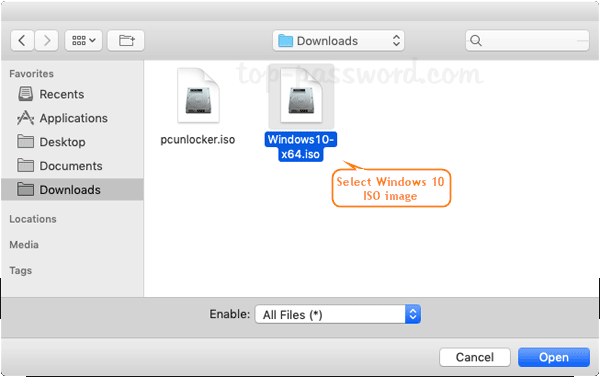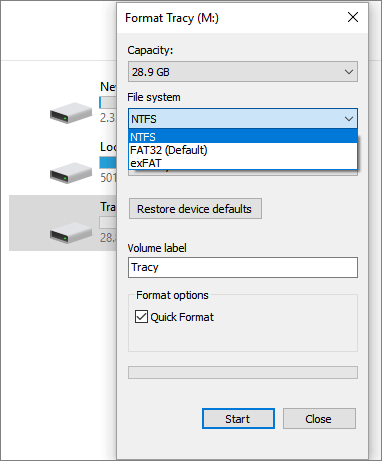
- #Usb drive format for mac and windows xp how to#
- #Usb drive format for mac and windows xp full#
- #Usb drive format for mac and windows xp portable#
- #Usb drive format for mac and windows xp mac#
#Usb drive format for mac and windows xp mac#
If you want to use your USB drive on Mac devices, you can format USB to HFS+.


HFS+: The Hierarchical File System (HFS+) is the file system modern MacOS versions use by default.
#Usb drive format for mac and windows xp portable#
When you get a new USB drive, you can follow this guide to choose the best thumb drive file system for your portable drive.

To better understand which one is the best file system for USB drive according to your needs, you can view the compatibility, pros and cons of these file systems one by one. The following contents list some commonly used file systems. The two most important things you need to consider are the operating systems you plan to use it with and the sizes of the files that you are most likely to transfer and store.
#Usb drive format for mac and windows xp how to#
How to Choose the Best Format for USB driveīasically, to choose the best format for USB flash drive. What is the best format for USB drive? Well, it depends on how you plan to use your USB drive. There are many different types of file systems each of them has different storage devices that they are the most suitable for. Each group of data is called a file.įile system is the structure and logic rules used to manage groups of information.įile systems can be used on a numerous variety of storage devices and media types. With a file system, the information placed in a storage medium will be separated into pieces and each piece will have a name, so the information is easily isolated and identified this way. In computing, a file system or filesystem controls how data is stored and retrieved. Well, what is the best format for USB drive? How to choose the best format for USB drive?īefore you try to choose the best format for your USB drive, you need to know what file system it is in. Before you use a new USB drive, you need to first format it. Nowadays, USB flash drive is widely used on various electronic devices due to its portability. How to Format USB Drive in Windows or Mac.How to Choose the Best Format for USB drive.FACT: A recent Gallup poll found that identity theft topped the crime concern list with 66 percent of Americans worrying they will be a victim.

#Usb drive format for mac and windows xp full#
A full format of your primary drive may take several hours, so be patient.


 0 kommentar(er)
0 kommentar(er)
